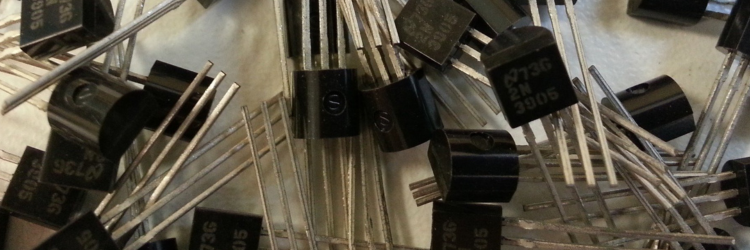Engineers Grow Atomically Thin Transistors on Computer Chips
AI apps need denser, more powerful computer chips. However, today’s semiconductor chips are made with boxy 3D structures, making stacking multiple layers of transistors to create dense integrations challenging.
By using ultrathin 2D materials approximately three atoms in thickness, MIT researchers demonstrated that they can “grow” layers of 2D transition metal dichalcogenide (TMD) materials directly atop a fully fabricated silicon chip, creating denser integrations.
The MIT researchers developed a low-temperature growth process that does not damage the chip but allows 2D semiconductor transistors to be directly integrated on top of standard silicon circuits. Growing 2D materials elsewhere and transferring them onto a chip or a wafer causes imperfections that hamper performance. And transferring the material smoothly is difficult at wafer-scale. The new process grows a smooth, highly uniform layer across an 8-inch wafer in less than an hour. The research paper appears in Nature Nanotechnology.

Growing thin films of molybdenum disulfide on a surface with good uniformity uses a process known as metal-organic chemical vapor deposition (MOCVD) and requires temperatures above 550 degrees Celsius. Silicon circuits degrade when temperatures exceed 400 degrees.
The researchers designed and built a new furnace for the metal-organic chemical vapor deposition process that features two chambers, a low-temperature region in the front, where the silicon wafer is placed, and a high-temperature area in the back. Vaporized molybdenum and sulfur precursors are pumped into the furnace. The molybdenum stays in the low-temperature region, below 400 degrees Celsius — hot enough to decompose the molybdenum precursor but not damage the silicon chip.
In the future, the researchers plan to fine-tune their technique and use it to grow many stacked layers of 2D transistors. They will also explore using the low-temperature growth process for flexible surfaces, including polymers, textiles, or even papers. This could enable the integration of semiconductors onto everyday objects like clothing or notebooks.

